- Needs To Exist
- Posts
- The Immigrant Kid Who Built Steel and Gave It All Away
The Immigrant Kid Who Built Steel and Gave It All Away
If It Exists had been around in the 1870s, the cover wouldn’t be Jobs in a turtleneck or Musk with a flamethrower.
It would be Andrew Carnegie: 5’3”, wiry Scottish immigrant, son of a failed weaver, sprinting telegrams through Pittsburgh with ink-stained fingers, while plotting how to bend the Industrial Revolution to his will.
Before Carnegie became the richest man in the world, before he sold his steel empire to JP Morgan for $480 million (in 1901 money!), before he built 2,500 libraries across the globe…he was a boy terrified of ending up like his father.
His dad was run over by technology, literally. He made cloth on handlooms, ignored the rise of machines, and lost everything. The family left Scotland broke, borrowed money to cross the Atlantic, and 13-year-old Andrew went straight to the cotton mill for $1.20 a week.
Most kids would sulk. Andrew vomited from oil fumes, wiped his mouth, and said:
“Good. More room for supper.”
That’s the seed of empire right there: brutal optimism + obsessive leverage.
And if Carnegie had NTE Pro? He’d be circling every idea in Infrastructure 2.0 and Industrial Reinventions.
With NTE Zero To One, he’d already be shipping bridges and steel plants by Monday.
With GummySearch, he’d be prowling Reddit threads about broken supply chains, overpriced education, and bloated healthcare, sharpening his axe on the inefficiencies everyone else ignored.
This is the historical edition of It Exists. Let’s break down Carnegie’s cheat codes.
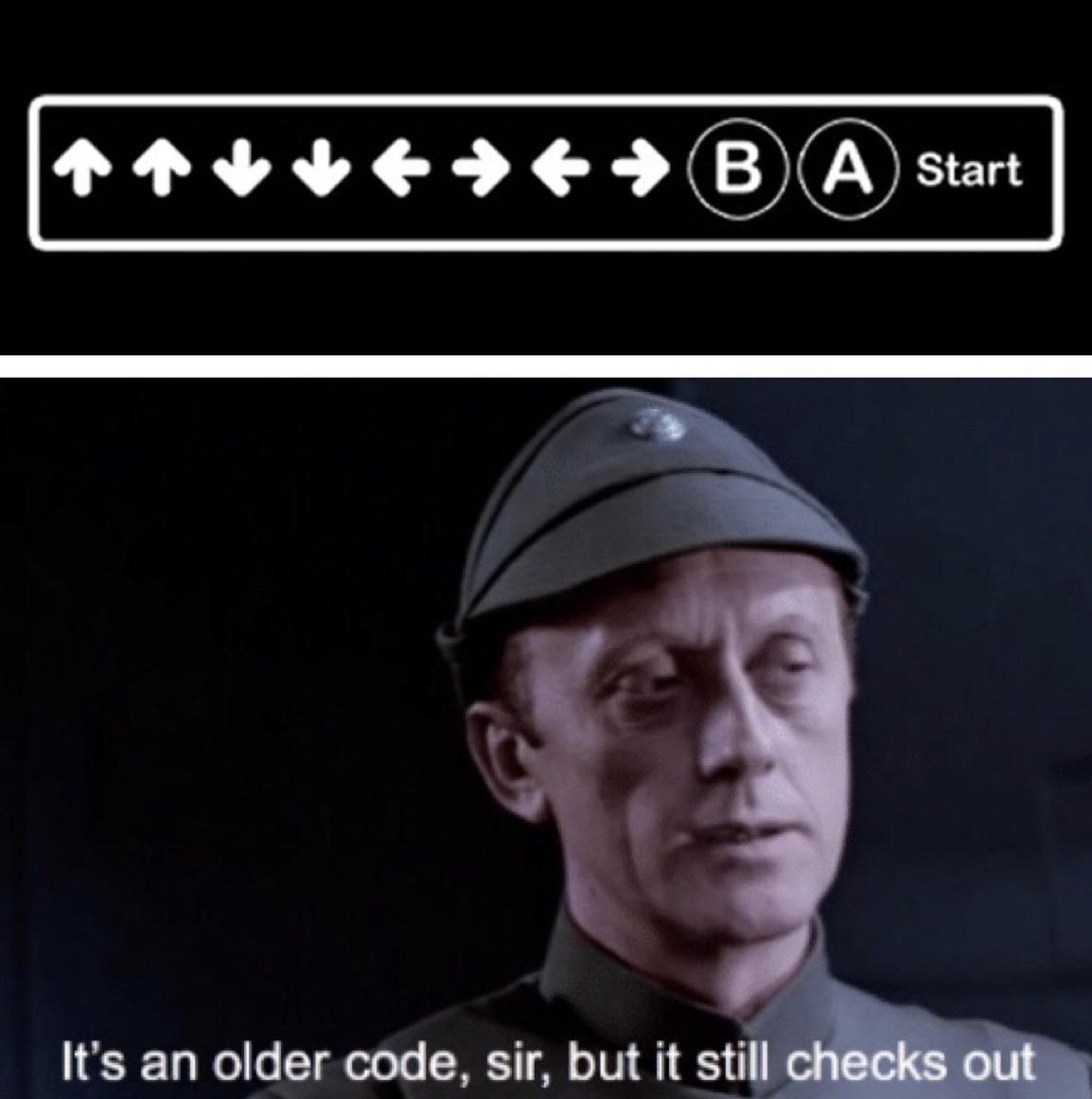
Lesson 1: The Poverty Trigger
Carnegie’s entire empire was revenge against his father’s mistake. His dad missed the loom-to-machine shift and got flattened. Carnegie tattooed the opposite rule into his bones: never get run over by technology.
Every major move he made was riding a technological wave:
Railroads → faster transport = new wealth.
Telegraphs → faster communication = new power.
Bessemer steel → cheaper, stronger, scalable = new empire.
👉 Takeaway: Trauma can be a compass. Whatever burned you early in life (or burned someone you love) can become the fire that powers your future.
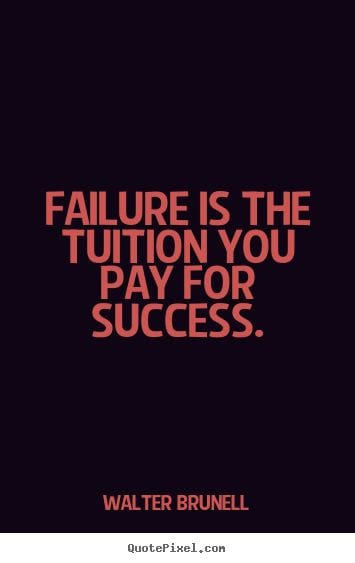
Lesson 2: The $10 Dividend That Flipped His Brain
Carnegie’s mentor, Tom Scott of the Pennsylvania Railroad, once asked: “Got $500 for an investment?”
Carnegie had $50, tops. His mom mortgaged the family house so he could scrape it together.
Months later, a white envelope landed on his desk: a $10 dividend check. Not wages. Not sweat. Money that made more money while he slept.
Carnegie literally shouted: “Eureka! The goose that lays golden eggs!”
That was the turning point. He would never again think like a laborer. From then on, he thought like capital.
👉 Takeaway: You don’t need the biggest check. You need the first one that changes your mental model from “work for money” to “money works for me.”
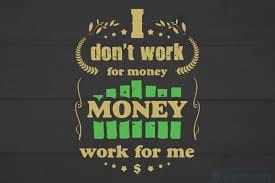
Lesson 3: Books Build Billionaires
Carnegie left school at 12. No college. No tutors. But Colonel James Anderson opened his personal library of 400 books to working boys. Andrew read one a week.
Later, when he became rich, Carnegie spent millions building libraries around the world. Why? Because he knew firsthand: access to knowledge is the cheat code that compounds forever.
He even built a statue for Anderson, engraved: “He opened the precious treasures of knowledge to working boys.”
👉 Takeaway: Every era has a “free library.” His was books. Yours is the internet. Most people still don’t use it.
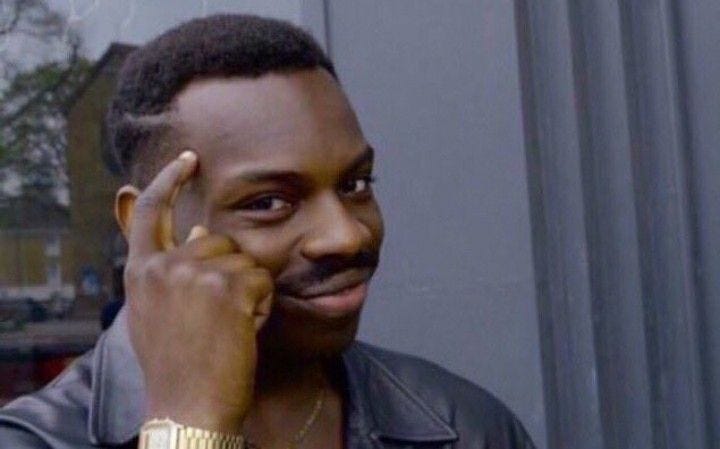
Lesson 4: The Messenger Advantage
Carnegie’s first “real” job was as a telegram messenger in Pittsburgh. Not glamorous. But it put him in proximity to powerful men like Tom Scott. He wasn’t just running notes . he was running himself into the center of opportunity.
He later said: “The battle of life is half won by the boy who gets near high officials.”
That’s how he landed his railroad gig. That’s how he learned investing. That’s how he got his shot at steel.
👉 Takeaway: Proximity is leverage. Don’t just chase a job title. Chase the room.

Lesson 5: Own the Bottleneck
Carnegie hated relying on others. If someone controlled a key input, he bought them out or built his own.
Needed coke for steel? Bought Frick’s coke empire.
Needed rails? Bought railroads.
Needed distribution? Owned shipping.
Needed consistency? Hired chemists to track quality when rivals thought it was “extravagant.”
This was vertical integration as a weapon. Rivals weren’t just competing with Carnegie’s mill but they were competing with his entire ecosystem.
👉 Takeaway: Don’t be a node in someone else’s system. Own the chokepoints.
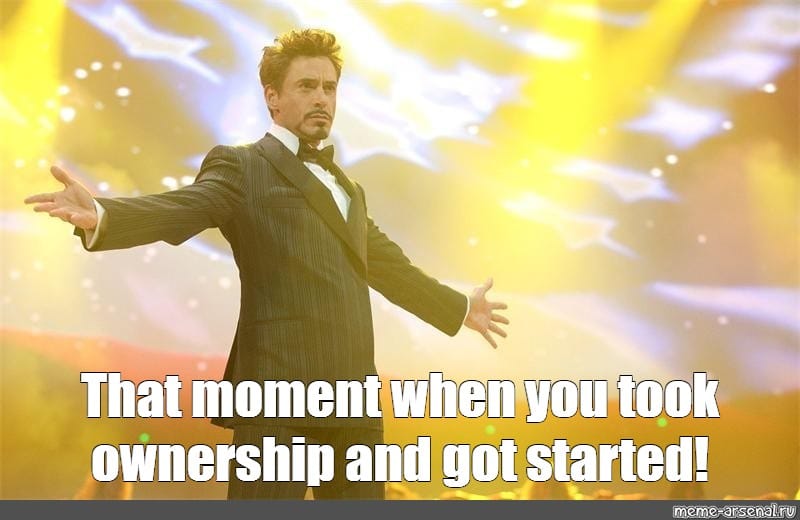
Lesson 6: Legacy as Marketing
When Carnegie sold to JP Morgan, he could’ve disappeared into luxury. Instead, he wrote The Gospel of Wealth and turned philanthropy into theater.
He built 2,500 libraries. Funded universities. Sponsored peace conferences. This wasn’t just charity, it was brand building. He made “giving it away” a flex. Every billionaire since has had to measure themselves against his standard.
👉 Takeaway: Legacy isn’t the afterthought. It’s the ultimate marketing campaign, the story people tell about you when you’re gone.
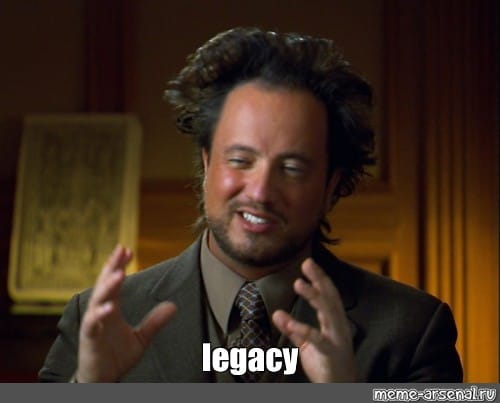
Carnegie If He Were Alive Today
Drop Carnegie into 2025 and he wouldn’t be tinkering with blast furnaces. He’d be building the new “rails” of our age:
AI Infrastructure: Chips, compute, and data networks, the steel of the digital world.
Clean Energy: Green steel, carbon capture, fusion. Cutting costs while cutting emissions.
Logistics: Autonomous shipping lanes, predictive supply chains.
Education: AI tutors as the new libraries, free access to knowledge for anyone with Wi-Fi.
Finance: No hidden fees, no fine print. Transparent, stripped-down, brutal competition on price.
And he’d still be walking the floor, except now it’d be data centers and AI labs, asking questions nobody else thought to ask.
The Spark
Carnegie’s story isn’t about one invention. It’s about discipline stacked on top of trauma, stacked on top of relentless optimism.
His father’s failure taught him to chase technology, not fear it.
A $10 dividend check flipped his brain to capital.
A free library lit his mind and made him a lifelong student.
A messenger job put him near power.
Vertical integration made him untouchable.
Philanthropy turned his name into myth.
That’s why we built NTE Pro: to surface the ideas worth chasing.
That’s why we built NTE Zero To One: to help you actually build them.
And that’s why we use GummySearch: to see what people are already screaming about, the inefficiencies begging for their Carnegie.
Steel exists. Billion-dollar exits exist. Libraries exist.
The only question left is: what will you make exist?
👉 Want to go deeper? Listen to Founders Podcast on Andrew Carnegie or grab his autobiography. They’re raw, unfiltered blueprints from the Iron Prophet himself.